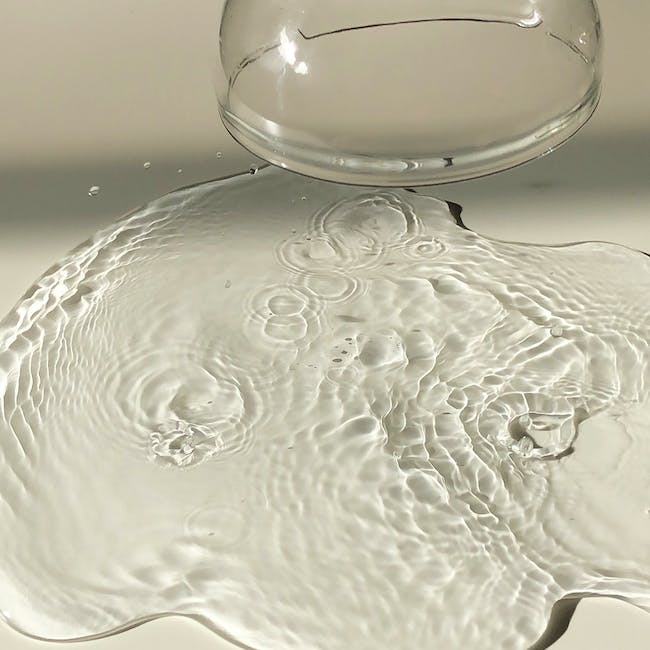Discover the Surprising Truth About Inverted Penises: Unveiling the Hidden Facts

When it comes to the topic of inverted penises, there is a lot of misinformation and misunderstanding. This article aims to dispel the myths and provide accurate, reliable information about this condition. We will delve into the causes, symptoms, and treatment options for an inverted penis, providing valuable insights for those affected by this condition or those simply curious about it.
What is an Inverted Penis?
An inverted penis, also known as a buried or hidden penis, is a condition where the penis is partially or completely hidden beneath the skin of the abdomen, thigh, or scrotum. This condition can occur in both children and adults, and it can be congenital (present at birth) or acquired later in life due to obesity or aging.
What Causes an Inverted Penis?
The causes of an inverted penis can be categorized into three main groups:
- Congenital: Some men are born with an inverted penis due to a condition called congenital chordee, where the penis curves inward.
- Obesity: Excessive fat in the pubic area can engulf the penis, making it appear inverted.
- Aging: As men age, they can lose elasticity in their skin, causing the penis to retract into the body.
What are the Symptoms of an Inverted Penis?
The primary symptom of an inverted penis is the penis appearing smaller than normal or completely hidden. Other symptoms can include:
- Difficulty urinating or directing the urine stream
- Sexual difficulties or discomfort
- Psychological distress or embarrassment
How is an Inverted Penis Diagnosed?
A diagnosis of an inverted penis is typically made through a physical examination. The doctor may also ask about any symptoms you’re experiencing, your medical history, and any medications you’re taking. In some cases, imaging tests such as ultrasound or MRI may be used to confirm the diagnosis.
What are the Treatment Options for an Inverted Penis?
Treatment for an inverted penis depends on the underlying cause. If obesity is the cause, weight loss may help. In cases where the condition is causing significant distress or health problems, surgery may be recommended. Surgical options can include:
- Liposuction to remove excess fat in the pubic area
- Penile lengthening procedures
- Skin grafts to increase the skin’s elasticity
Living with an Inverted Penis
Living with an inverted penis can be challenging, but it’s important to remember that this condition doesn’t define you or your worth. It’s also crucial to remember that help is available. If you’re struggling with feelings of embarrassment or distress, consider seeking support from a mental health professional.
Conclusion
Understanding the facts about an inverted penis can help dispel myths and reduce stigma. If you or someone you know is affected by this condition, it’s important to seek medical advice to understand the available treatment options. Remember, it’s a condition that can be managed with the right approach and support.

